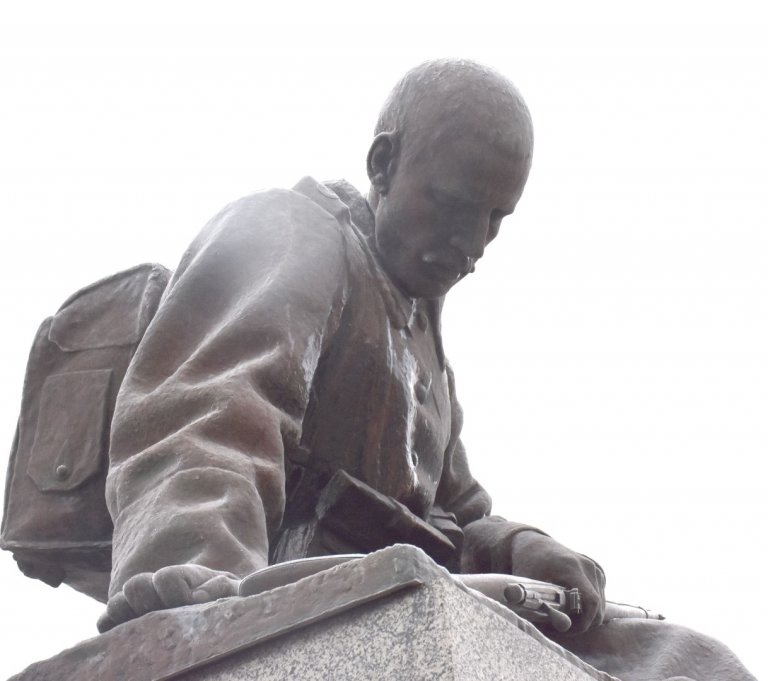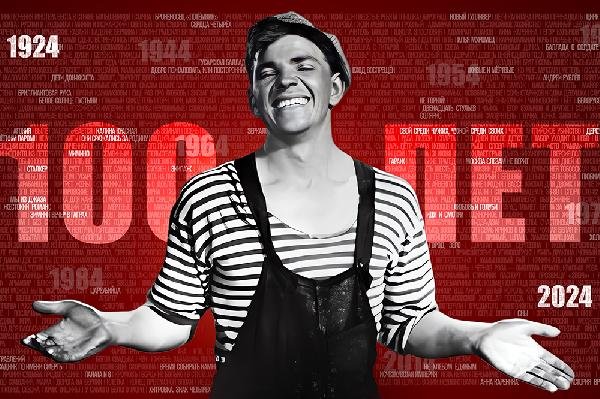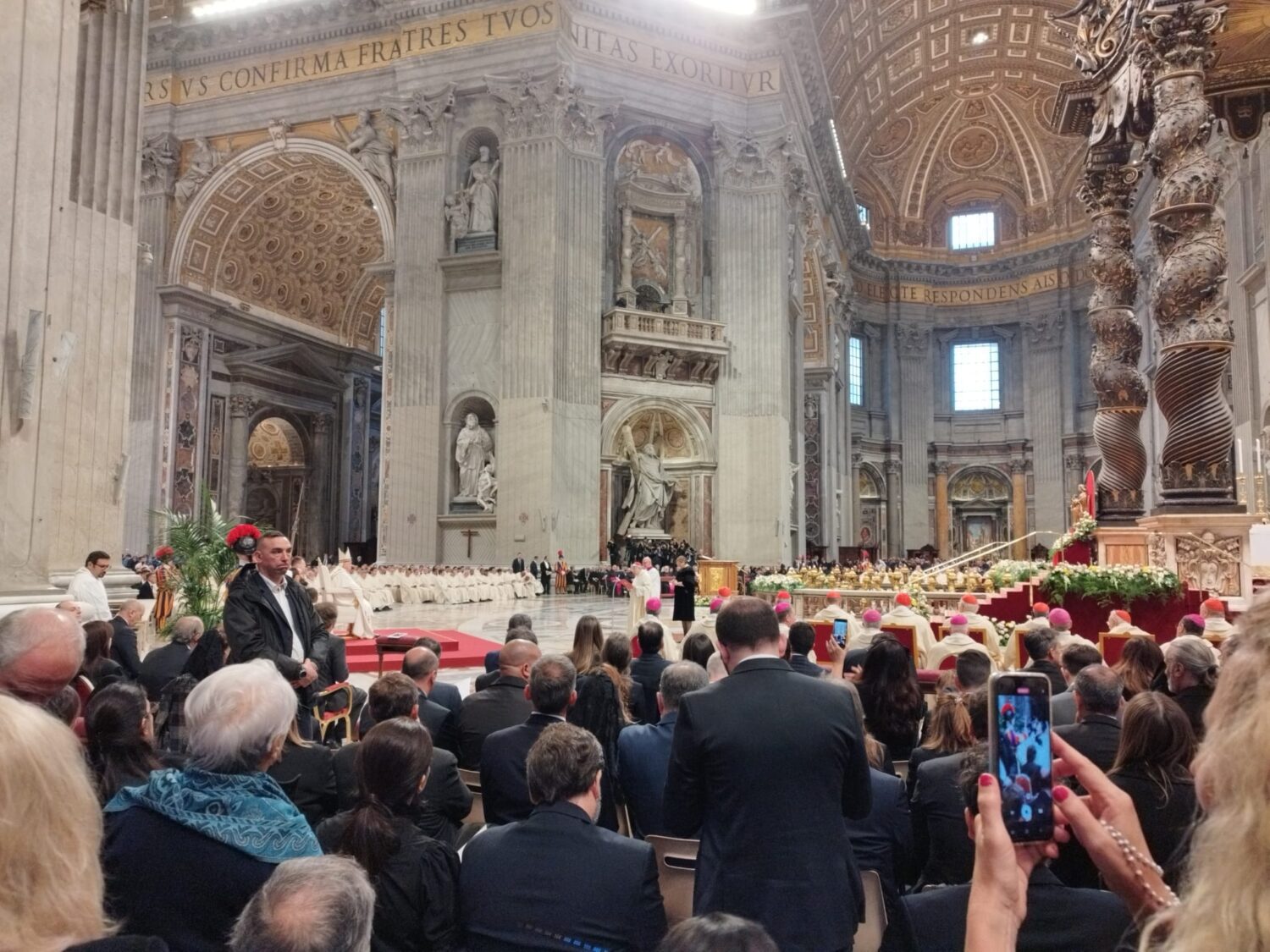What Is CloudOps?
CloudOps, or Cloud Operations, refers to the systems, processes and methodologies that organizations employ to operate and manage their cloud-based services efficiently. CloudOps encompasses a range of activities, including application deployment, data security, scalability, and resource allocation. All these activities are coordinated and controlled to ensure smooth and efficient operation of cloud services.
In many ways, CloudOps is the next generation of IT operations. Rather than managing physical servers and infrastructure, CloudOps teams are responsible for virtual environments. These teams must have a deep understanding of cloud platforms, be proficient in automation and DevOps practices, and be able to troubleshoot complex issues in a highly dynamic environment.
The goal of CloudOps is to ensure high availability and reliability of cloud services while optimizing costs. This is achieved through continuous monitoring, automation, and the use of advanced analytics and AI. Without CloudOps, organizations would struggle to maximize the benefits of their cloud investments.

CloudOps – abstract artistic interpretation.
How CloudOps has Evolved with Advances in Cloud Computing
Cloud computing has evolved significantly over the last decade, and so has CloudOps. In the early days of cloud computing, CloudOps was primarily about managing and maintaining Infrastructure as a Service (IaaS) offerings. These were largely virtualized versions of traditional IT infrastructure, where the cloud provider managed the physical infrastructure and the customer was responsible for everything else.
As cloud services have become more sophisticated, so have CloudOps practices. With the advent of Platform as a Service (PaaS) and containerized applications, CloudOps has evolved to include tasks such as managing microservices, container orchestrators, and serverless architectures.
Moreover, the rise of multi-cloud and hybrid cloud environments has added another layer of complexity to CloudOps. These environments require a unified approach to cloud management that considers the unique characteristics and capabilities of each cloud platform.
Trends in CloudOps for 2024
As we look ahead, several key trends are shaping the future of CloudOps. These trends reflect the ongoing evolution of cloud computing and the growing maturity of CloudOps practices.
Increased Adoption of Multi-Cloud Strategies
Increasingly, organizations are adopting multi-cloud strategies, using different cloud platforms for different needs. This approach provides several benefits, including reducing vendor lock-in, optimizing costs, and taking advantage of the unique capabilities of each cloud platform.
For CloudOps, this means managing and orchestrating resources across multiple cloud environments. This requires advanced cloud management tools and skills, as well as a deep understanding of each cloud platform. As multi-cloud strategies become the norm, we can expect CloudOps teams to become more proficient in managing multi-cloud environments.
Automation and AI-Driven Cloud Management
Automation has always been a key part of CloudOps, but in the coming years, we can expect it to play an even bigger role. As cloud environments become more complex, automation is key to managing them effectively.
Moreover, we are seeing a growing trend towards AI-driven cloud management. AI and machine learning can help automate routine tasks, predict and prevent issues, and optimize resource utilization. By leveraging AI, CloudOps teams can manage more complex environments with less effort and improve the quality of service.
Serverless Architectures Become Mainstream
Serverless architectures, where the cloud provider manages the compute resources, are becoming increasingly popular. These architectures allow developers to focus on their code, while the cloud provider takes care of everything else.
For CloudOps, this means a shift in focus from managing infrastructure to managing services. This includes tasks such as monitoring performance, managing costs, and ensuring security and compliance. As serverless architectures become mainstream, we can expect CloudOps teams to develop new skills and practices to manage them effectively.
Sustainability in Cloud Operations
Finally, sustainability is becoming a key consideration in CloudOps. As cloud computing continues to grow, so does its environmental impact. Organizations are increasingly looking for ways to reduce their carbon footprint, and CloudOps can play a key role in this.
Sustainable CloudOps practices include optimizing resource usage, choosing energy-efficient cloud services, and using renewable energy where possible. As sustainability becomes a priority, we can expect to see more green practices integrated into CloudOps.
Predictions for CloudOps in 2024
Edge Computing Integration
The first prediction for CloudOps in 2024 revolves around the integration of edge computing. Edge computing refers to the practice of processing data near the source where it is generated, rather than relying on a centralized cloud-based system. This approach can dramatically reduce latency, improve performance, and enable real-time data analysis, making it a critical component of modern CloudOps.
As we move toward 2024, we predict an increased focus on the integration of advanced edge computing in CloudOps. This means more sophisticated edge devices, capable of handling computing tasks traditionally reserved for the cloud. This shift will allow organizations to process and analyze data in real-time, providing a competitive edge in a data-driven world.
Edge computing is also expected to play a significant role in Internet of Things (IoT) deployments. As more devices become connected, the demand for edge computing solutions that can process data closer to the source is likely to increase. This will require a significant shift in the CloudOps landscape, with an increased focus on edge computing infrastructure and management.
Growth of AI for Predictive CloudOps
The second prediction for CloudOps in 2024 is the growth of Artificial Intelligence (AI) for predictive purposes. From predictive maintenance to anomaly detection, AI-based solutions, known as AIOps, are becoming critical for efficient and proactive cloud operations.
By 2024, we predict that AI will become an integral part of CloudOps. This will involve utilizing AI algorithms to predict potential issues before they occur, allowing teams to take proactive measures to prevent downtime.
In addition to predictive maintenance, AI is also expected to play a significant role in resource management within CloudOps. There will be growing use of AI-based systems that can analyze workload patterns and automatically adjust resources to meet demand. This could dramatically improve the efficiency of cloud operations, reducing waste and improving performance.
Expansion of Cloud-Native Technologies
The third prediction for CloudOps in 2024 involves the expansion of cloud-native technologies. Cloud-native refers to the approach of building and running applications that fully exploit the advantages of the cloud computing model. It’s about how applications are created and deployed, not where.
By 2024, we predict that cloud-native technologies will become the standard for CloudOps. This means more organizations adopting containerization, microservices, and serverless architectures. These technologies enable rapid deployment, scalability, and high availability – all critical factors for successful CloudOps.
This shift towards cloud-native technologies will also require a change in mindset. It’s not just about using new technologies; it’s about changing how we design, develop, and manage applications. This will require a new set of skills and a deep understanding of cloud-native principles and practices.
Evolution of CloudOps Roles and Skills
The final prediction for CloudOps in 2024 revolves around the evolution of roles and skills. As CloudOps becomes more complex and sophisticated, the skills required to manage these operations will also evolve.
By 2024, we predict that the role of the CloudOps professional will extend beyond traditional IT operations. It will involve a deep understanding of cloud technologies, as well as the ability to work in cross-functional teams and adapt to rapidly changing environments.
In addition, the skills required for CloudOps will also evolve. This will involve a shift away from traditional IT skills towards more specialized skills such as cloud architecture, data analytics, and cybersecurity. These skills will be critical for managing and optimizing cloud operations, ensuring security and compliance, and driving innovation.
In conclusion, the world of CloudOps is evolving at a rapid pace. As we look towards 2024, it’s clear that advanced edge computing, AI, cloud-native technologies, and evolving roles and skills will shape the landscape. By staying ahead of these trends, organizations can ensure they are well-positioned to harness the full potential of CloudOps.
Author Bio: Gilad David Maayan

 Gilad David Maayan is a technology writer who has worked with over 150 technology companies including SAP, Imperva, Samsung NEXT, NetApp and Check Point, producing technical and thought leadership content that elucidates technical solutions for developers and IT leadership. Today he heads Agile SEO, the leading marketing agency in the technology industry.
Gilad David Maayan is a technology writer who has worked with over 150 technology companies including SAP, Imperva, Samsung NEXT, NetApp and Check Point, producing technical and thought leadership content that elucidates technical solutions for developers and IT leadership. Today he heads Agile SEO, the leading marketing agency in the technology industry.
LinkedIn: https://www.linkedin.com/in/giladdavidmaayan/



















